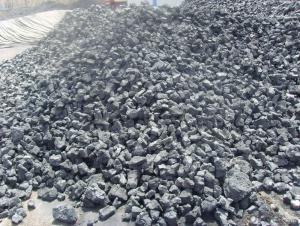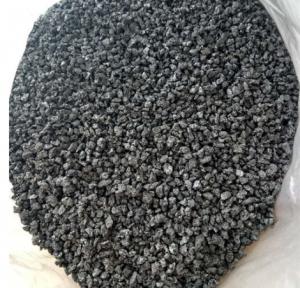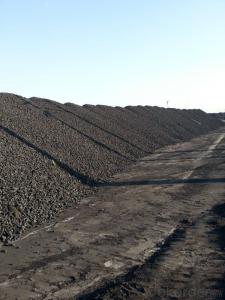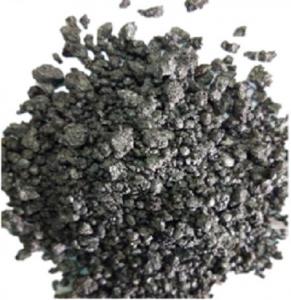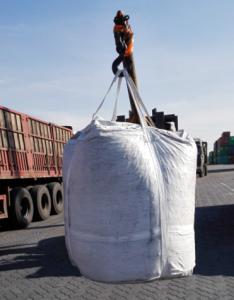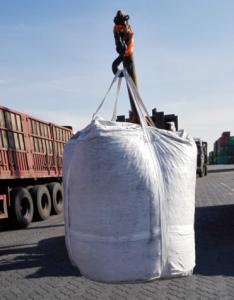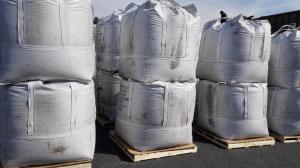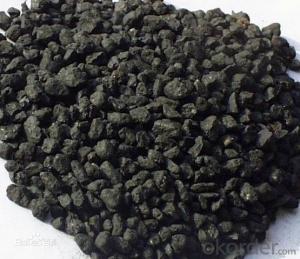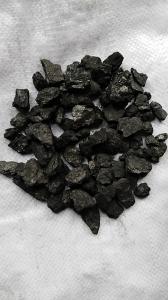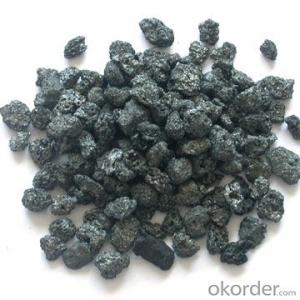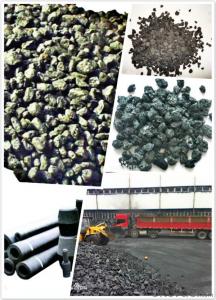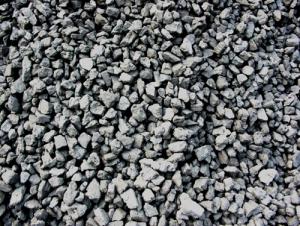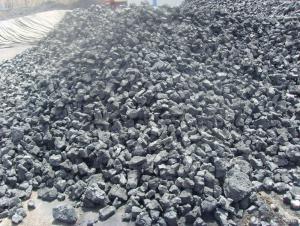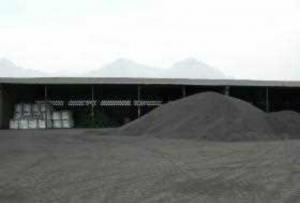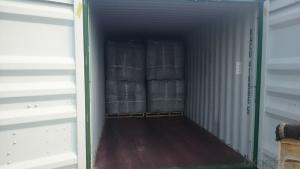Petcoke Price
Petcoke Price Related Searches
Sheetrock Prices Coke Fuel Price Coking Coal Price Per Tonne Plastic Fiber Sheet Price Coal Price Per Metric Ton Anthracite Coal Prices Per Ton Met Coal Spot Price Australian Thermal Coal Price Partex Board Price Price Of Aircon Ups Store Printing Prices Ups Store Prices Hard Coal Prices Current Coking Coal Price Slate Prices Price For Air Conditioner Rbct Coal Price Rice Coal Prices Next Induction Cooker Price Partex Board Price List Steam Coal Price Fisher Price Bouncer Price Of Water Cooler Price On Fencing Price Of Coal Per Ton Polystyrene Insulation Price Api2 Coal Price Stainless Steel Sheet Price Durock Cement Board Price Thermal Coal Spot PricePetcoke Price Supplier & Manufacturer from China
Petcoke Price refers to the cost of petroleum coke, a byproduct of the oil refining process. This product is characterized by its high carbon content and is widely used in various industries such as aluminum production, cement manufacturing, and steelmaking. It serves as a cost-effective alternative to traditional fuels like coal, providing a valuable energy source for industrial applications.Petroleum coke is utilized in various scenarios where high temperatures and energy efficiency are required. For instance, in the aluminum industry, it is used in the production of aluminum through the Hall-Héroult process, where it acts as a source of carbon to generate the necessary heat. Similarly, in cement manufacturing, petcoke is used as a fuel in the kiln to produce clinker, a key component of cement. Its usage in steelmaking involves serving as a reducing agent in the production of pig iron, enhancing the overall efficiency of the process.
Okorder.com is a reputable wholesale supplier of petcoke, boasting a large inventory to cater to the diverse needs of industries worldwide. As a leading platform for petcoke price information and procurement, Okorder.com ensures that customers have access to high-quality petroleum coke at competitive prices. By offering a comprehensive range of petcoke products, Okorder.com has established itself as a go-to source for businesses seeking reliable and cost-effective energy solutions.
Hot Products





